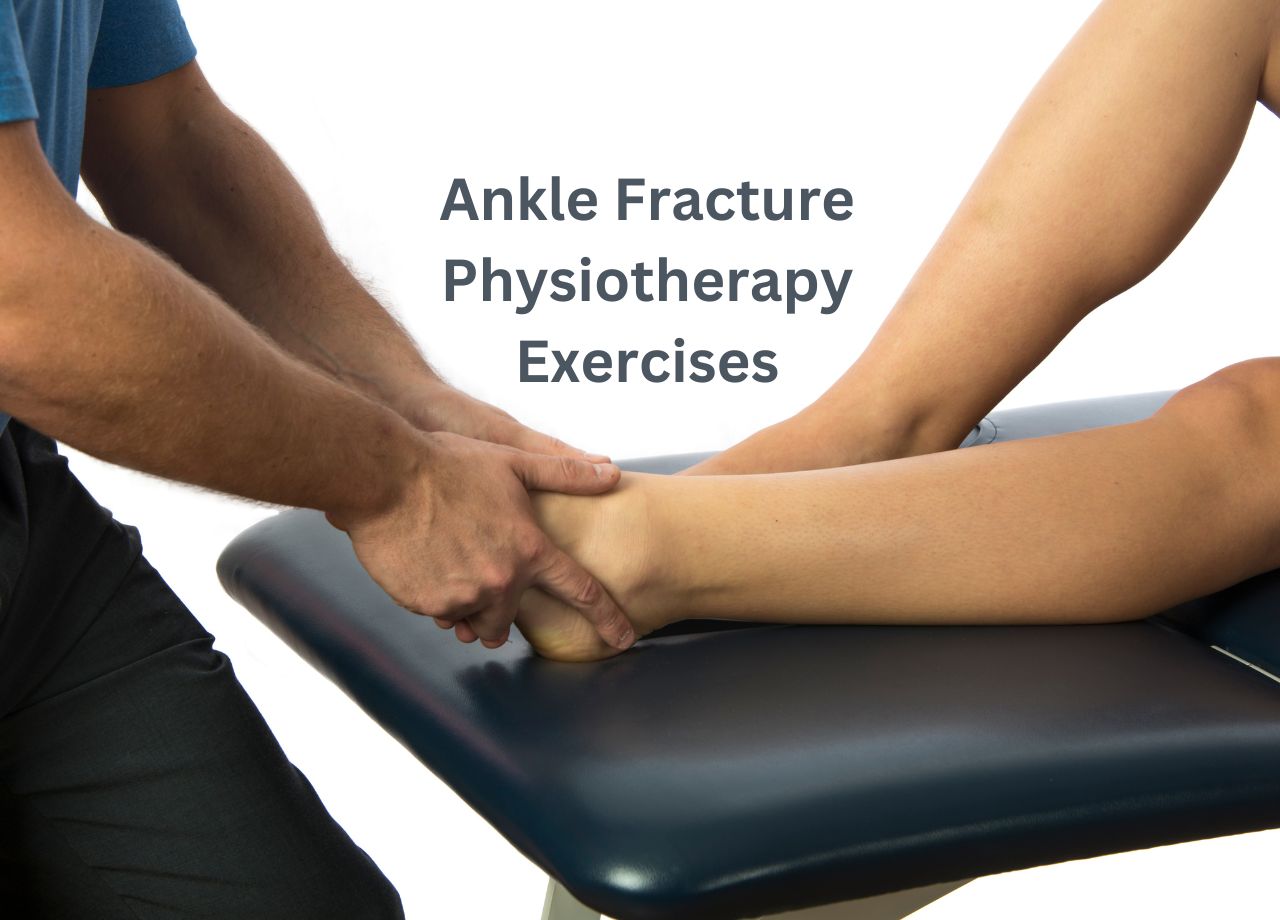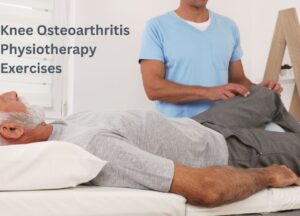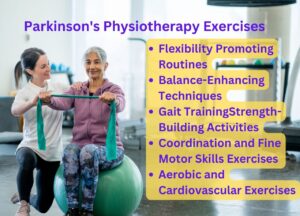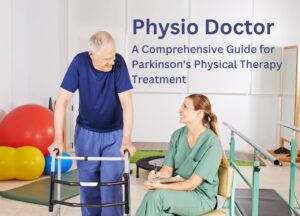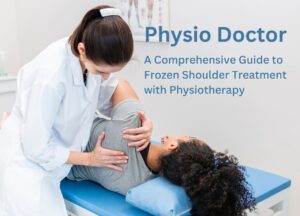Ankle fractures can be a significant setback, impacting mobility and overall well-being. In this comprehensive guide, we’ll delve into the importance of physical therapy protocols in the recovery journey from an ankle fracture. Discover the tailored exercises, rehabilitation techniques, and progressive strategies designed to optimize healing, restore function, and guide individuals back to an active lifestyle.
Understanding Ankle Fractures
Ankle fractures, often resulting from injuries or accidents, can lead to pain, swelling, and a considerable reduction in the range of motion. The role of physical therapy in the recovery process is pivotal, aiming not only to address immediate symptoms but also to prevent long-term complications and facilitate a full return to normal activities.
Key Components of Ankle Fracture Physical Therapy Protocol
Early Immobilization and Elevation
Following an ankle fracture, early immobilization and elevation are crucial for reducing swelling and preventing further damage. Physical therapists guide individuals on proper techniques for immobilization and the importance of elevating the injured ankle.
Gentle Range of Motion Exercises
As healing progresses, physical therapy introduces gentle range of motion exercises. These aim to prevent stiffness and improve flexibility in the ankle joint without compromising the healing process.
Strengthening Exercises
Once the initial healing phase is complete, targeted strengthening exercises become a focal point. Physical therapists design exercises to rebuild strength in the muscles surrounding the ankle, promoting stability and reducing the risk of reinjury.
Balance and Proprioception Training
Ankle fractures can impact balance and proprioception. Physical therapy protocols incorporate specific exercises to enhance these aspects, improving the individual’s ability to maintain stability and navigate different terrains.
Gait Training
Restoring a natural and pain-free gait is a key objective of physical therapy for ankle fractures. Gait training exercises focus on achieving a symmetrical and efficient walking pattern, ensuring a smooth transition back to regular activities.
Functional Mobility Exercises
Functional mobility exercises mimic daily activities, helping individuals regain confidence in performing routine tasks. These exercises are tailored to the individual’s lifestyle and goals, ensuring a seamless transition to normal activities.
Gradual Return to Activities
Physical therapy protocols emphasize a gradual return to activities. Whether it’s sports, recreational pursuits, or work-related tasks, a step-by-step approach is employed to prevent overexertion and minimize the risk of reinjury.
The Importance of Individualized Care
Ankle fractures vary in severity, and individuals may have different levels of fitness and activity. Physical therapy protocols are inherently individualized, taking into account the unique circumstances of each person. This personalized approach ensures that the rehabilitation process aligns with the specific needs and goals of the individual.
Empowering Individuals in Their Recovery
Physical therapy goes beyond the clinic, empowering individuals to actively participate in their recovery. Patients are educated on self-management techniques, home exercises, and lifestyle modifications that support ongoing healing and prevent complications.
Conclusion
In conclusion, the physical therapy protocol for ankle fractures serves as a comprehensive roadmap to recovery. From early immobilization and range of motion exercises to strengthening routines and functional mobility training, each phase is meticulously designed to optimize healing and restore functionality. If you or someone you know is on the journey to recovery from an ankle fracture, consider the transformative impact of physical therapy. Consult with a qualified physical therapist to embark on a personalized recovery plan that paves the way for a pain-free and active future.

